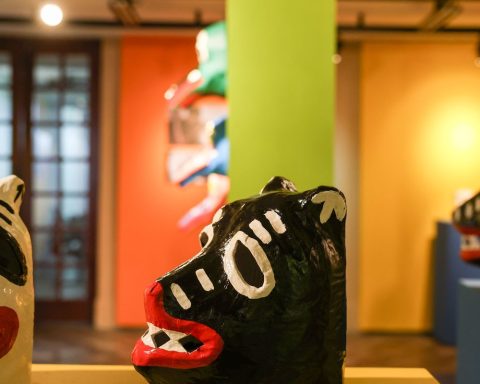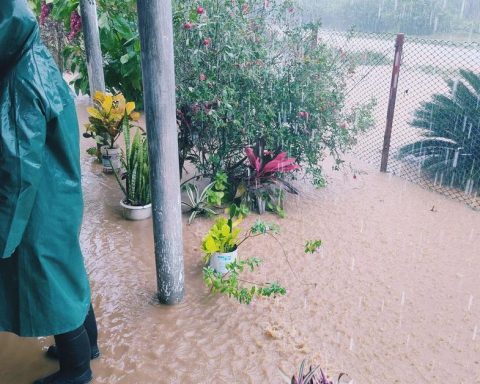June 30, 2023, 10:50 PM
June 30, 2023, 10:50 PM
The gullies and channels that cut the sides of the planet’s craters Mars may have formed from meltwater of the surface and subsoil of the red planet, according to a study led by Brown University (Rhode Island, United States).
The study, whose conclusions have been published in the journal Science, He has focused on Martian ravines, much like the ravines in the Dry Valleys of Antarctica, which are caused by water erosion from melting glaciers.
Mars simulation model
The team built a model that simulated the conditions necessary for Mars warmed above freezing temperatures, causing the melting of the ice on the Martian surface and subsoil.
Thus, they discovered that when Mars tilts on its axis up to 35 degreesthe atmosphere becomes thick enough for brief melting episodes to occur where there are gullies.
They then compared the data from their model to periods in Mars history when planets are thought to have ravines of the Terra Sirenum region of the planet spread rapidly downhill from high points, a phenomenon that could not be explained without the occasional presence of water.
“We know that early in the history of Mars there was running water on the surface, as well as valleys and lakes,” says Jim Head, a geologist at Brown.
“About 3 billion years ago, all that liquid water was lost, and Mars became what we call a hyper-arid or polar desert. Here we show that after that and in the recent past, when the axis of Mars is tilted 35 degrees, gets hot enough to melt snow and ice, returning liquid water until temperatures drop and it freezes again,” he explains.
Intermittent snowmelt periods
The study sheds light on How were these ravines formed? the height at which they begin to erode, the force of the erosion, and how far down the side of the craters they extend.
According to previous theories, the martian ravines they were formed by carbon dioxide frost, which evaporates from the ground and causes rock and debris to slide down the slopes.
The height of the ravines made many scientists think that meltwater from glaciers had to be involved, but proving this has been difficult because temperatures often hover around 70 degrees below zero.
The results of the new study suggest that the gully formation was due to periods of snowmelt and frost evaporation of CO2 at other times of the year.
In addition, according to the researchers, it is likely that this phenomenon has been repeated intermittently over the last few million years, the most recent being about 630,000 years ago.
They claim that there was ice in the ravines Of the areas they analyzed when the axis of Mars was tilted by about 35 degrees, the right conditions would have existed for the ice to melt because temperatures rose above zero degrees Celsius (273 degrees Kelvin).
Return of localized areas of liquid water?
The work raises again the fundamental question of whether life could exist on Mars, and that is that, as is known on Earth, life is linked to presence of liquid water, and over timeMars will again tilt 35 degrees, according to the researchers, allowing localized areas of liquid water to flow again.
The existence of meltwater on Mars in the relatively recent past would have facilitated the development of organisms, so the research also offers an interesting new perspective on the potential for life on Mars.
If we go back to the Dry Valleys of Antarctica, life remains in a kind of stasis when liquid water is not available. It is not inconceivable that something similar could also be happening on Mars.
“Could there be a bridge, if you will, between the warm, wet Mars of early times and the Mars we see today in terms of liquid water?” Head says. “Everyone is always looking for environments that can be propitious not only for the formation of lifebut for its preservation and continuation”.
“Any microorganisms that might have evolved on early Mars are going to be in places where they can be comfortable in ice and then also comfortable or thriving in liquid water.”
For this reason, the authors stress the importance of studying these ravines in future exploration missions on Mars.
















